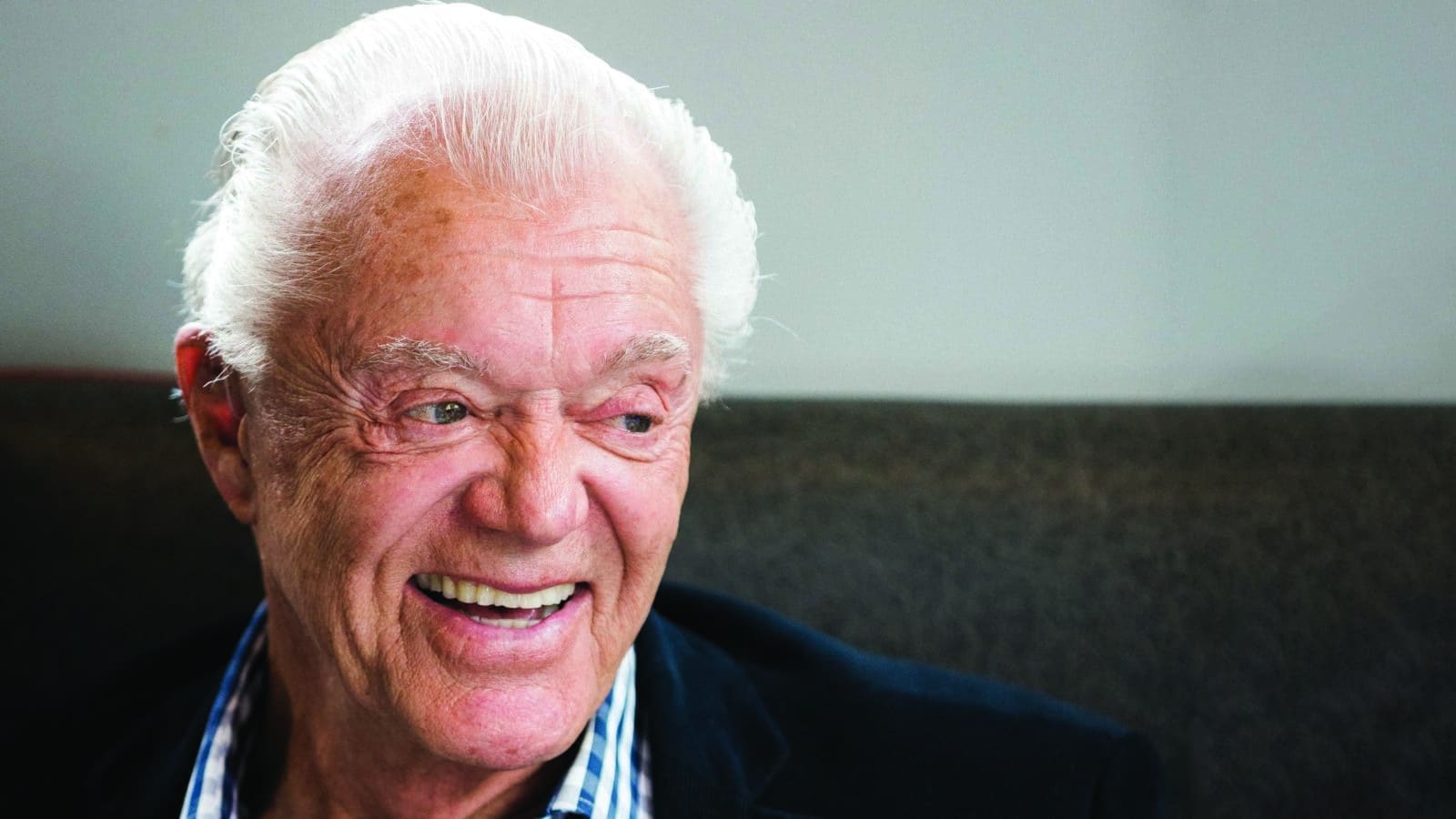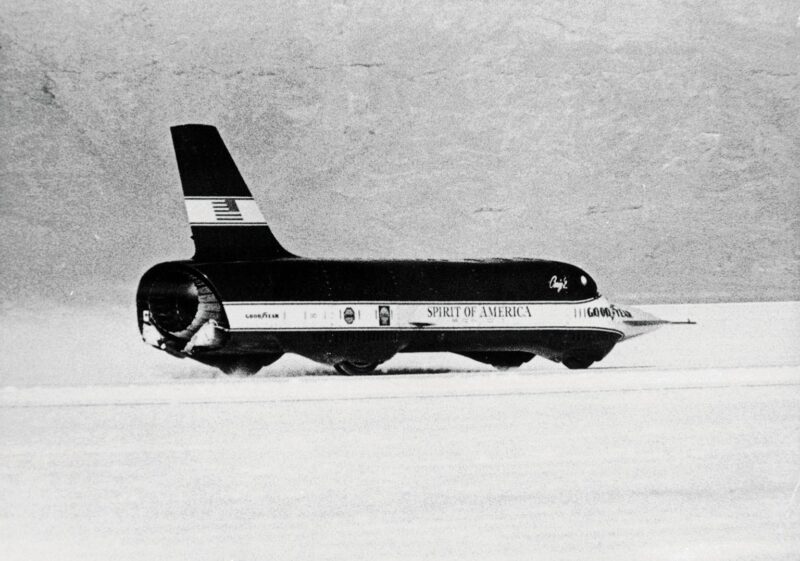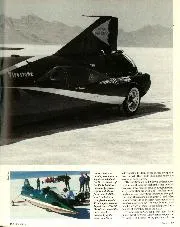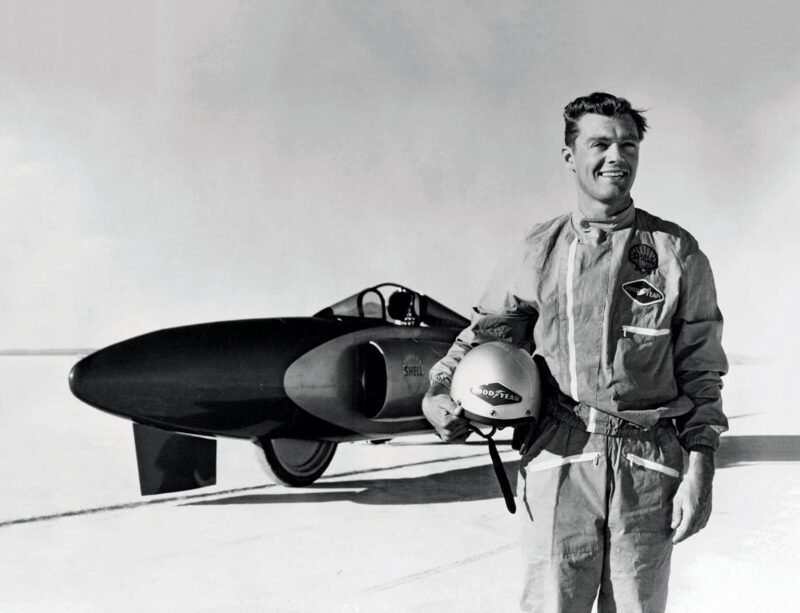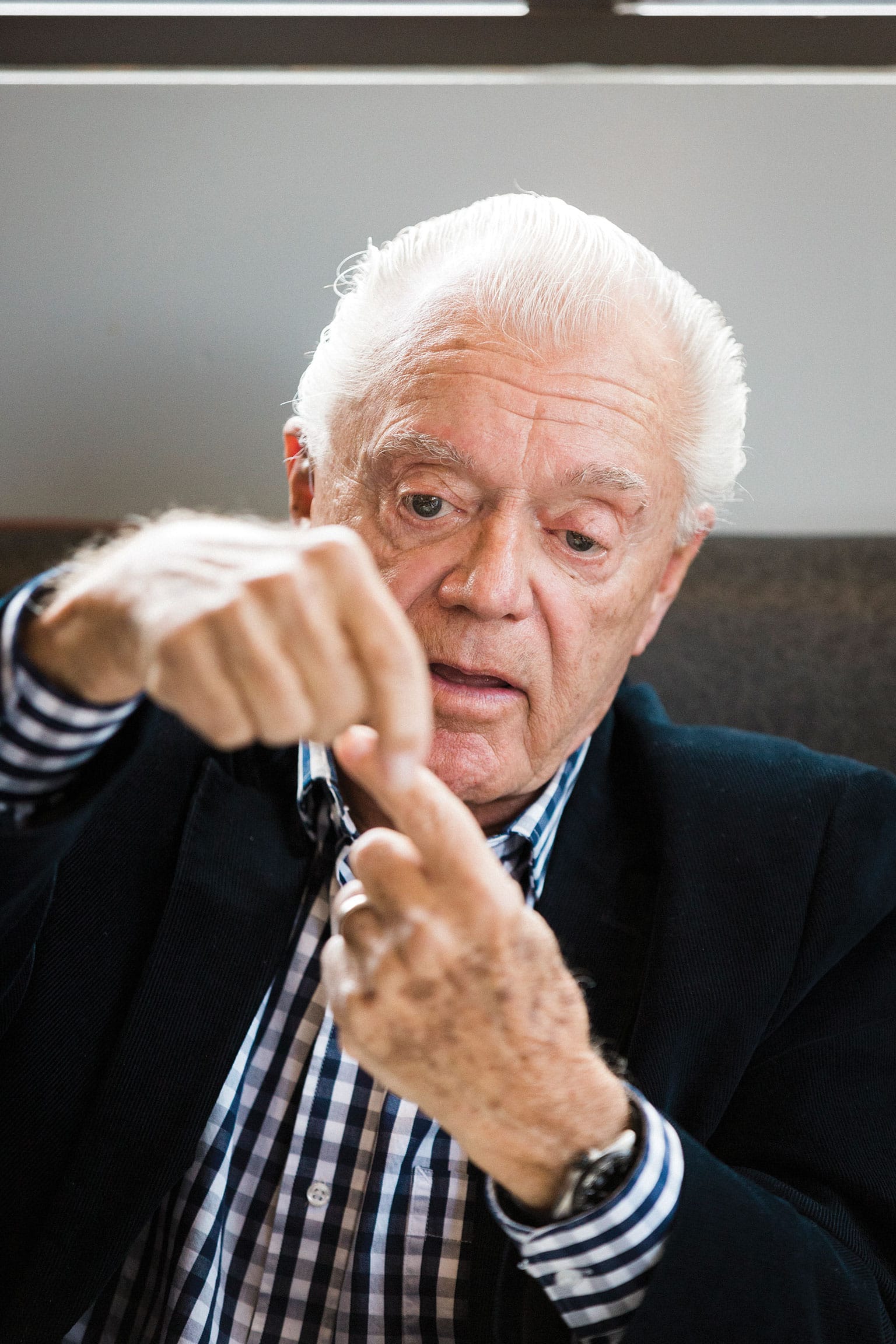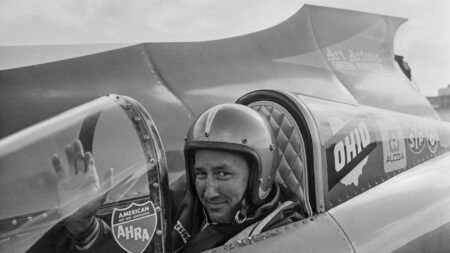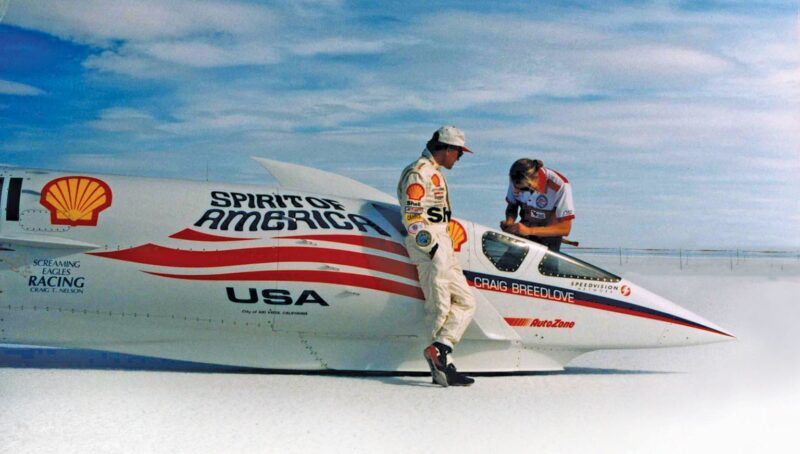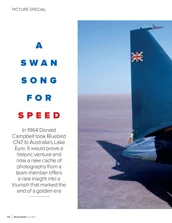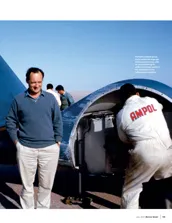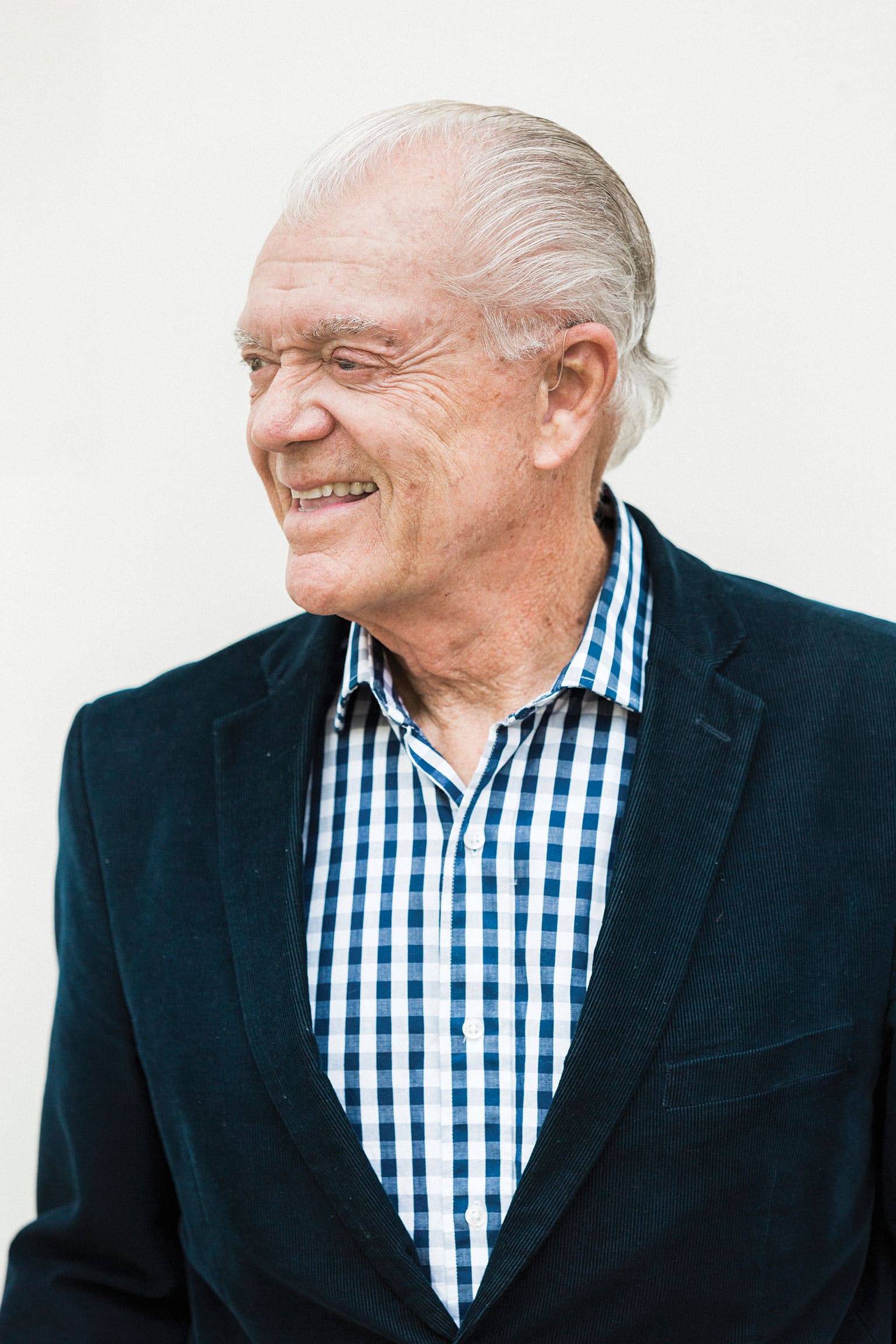“It was the same sort of guys who went to Bonneville; hot rodders and drag racers. They’d organise a kind of end of season gathering. There was a lot of space so you could go a heck of a lot faster and the course conditions were good. I was very familiar with John Cobb’s record, Malcolm Campbell and George Eyston, which I’d read about in school books and this all blended in with the aircraft modelling, aerodynamics, hot rodding and streamliners.
“I left high school and like any kid you’re wondering what you’re going to do with your life. I got married at 18 and by the time I was 21 I had three kids and I’m still trying to pay for the first one and buy a house. I had a decent job as a fireman at the Costa Mesa fire department. I read about Mickey Thompson building his Challenger land speed record car, which was featured in almost every issue of Hot Rod magazine.”
Breedlove had started building his own hot rod, a ’34 Ford Coupe, with help and inspiration from Roger Rourke, when he was 15 years-old. He’d street raced, nearly killing himself in the process, and drag raced the car throughout his teens. Now with his steady job in the fire department he concentrated again on racing. His wife Marge, however, was not quite so pleased about his renewed focus on racing.
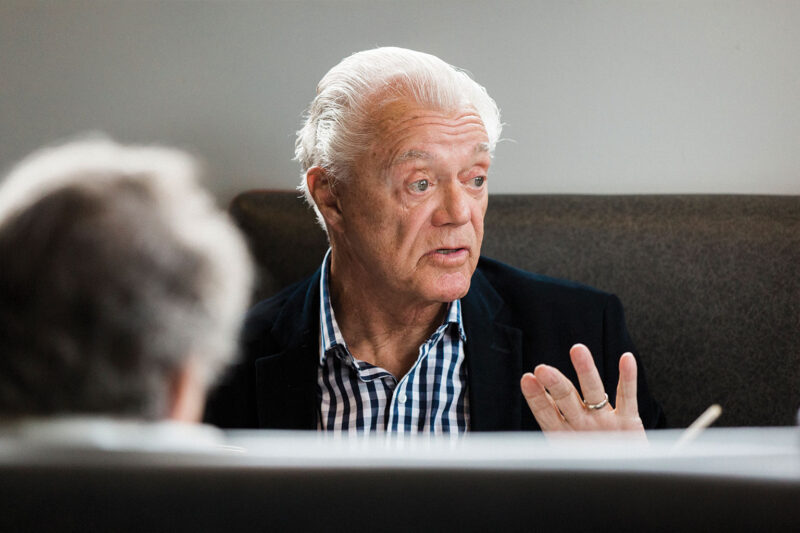
A pioneer of speed: Breedlove, now 82, went from building cars in sheds, to the world’s fastest man
To pacify her he agreed to have himself and his kids baptised into her faith: Mormonism. The Mormon bishop who baptised them was Ed Perkins, owner of Perkins Machine Company, manufacturer of specialist nuts and bolts. Breedlove managed to persuade Perkins to sponsor his Coupe and then his next project, a belly tank racer. Together with the Rourkes, Breedlove built a racer in which he managed an impressive 234mph at Bonneville. But his ambitions were way ahead of those speeds.
Mickey Thompson had taken his four-engined Challenger to Bonneville in 1960 and managed to beat John Cobb’s 394mph with a pass at over 400mph, but the trouble was that one of the Pontiac engines had blown and Thompson wasn’t able to make a return run and therefore hadn’t officially broken the record. Breedlove had taken note.
‘We’d had enough trouble with our belly tank racer blowing clutches and that was just with one engine. Four engines meant four clutches and way too much complication. We had also realised that wheelspin was becoming a real issue and that it was unlikely that a wheel-driven car was going to go much beyond 400mph.
“When you hit 600mph, you’re on the verge of disaster”
“Plus I simply couldn’t afford the expense of putting all those gear trains together. Or doing what Donald Campbell was doing [with Bluebird-Proteus CN7] and taking a turbojet and harnessing all of the gear train and everything like a turbo prop. That was just something that was prohibitive for me to do. I had to look at “how can I do this” and the answer was to pick up one of the surplus jet engines that were coming onto the market back then. Guys were already running jet engines on the dragstrip and it seemed like the right way to go for the LSR.”
“I got hold of a surplus J-47 engine [as used in the F-86 Sabre] for $500 and immediately called the FIA and asked them if they’d sanction a record using a jet engine and they said no. We then went to the FIM who were really interested, but to comply with their sanctioning the vehicle had to have two or three wheels. Which is why we built Spirit of America with three wheels.
